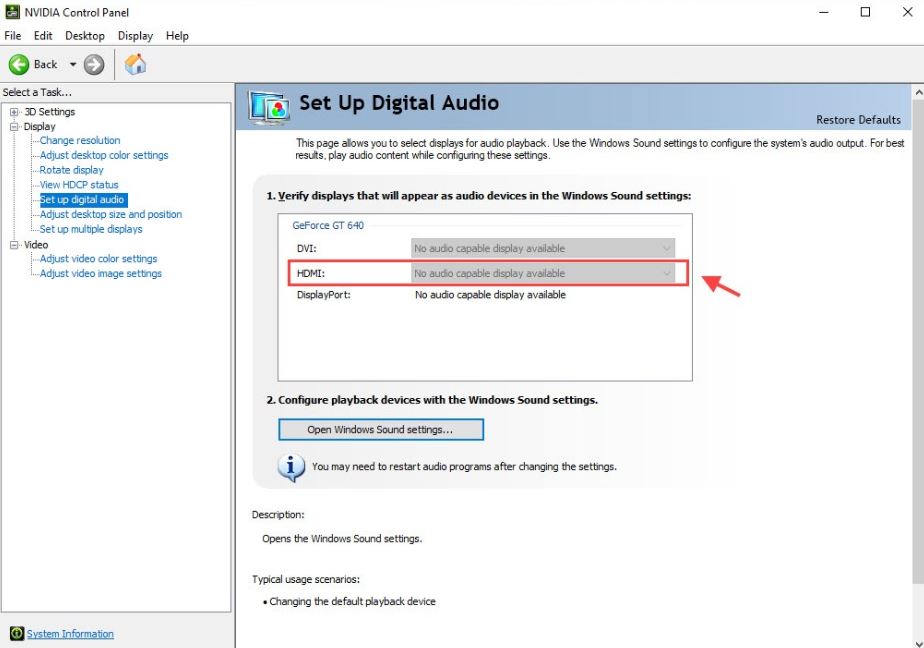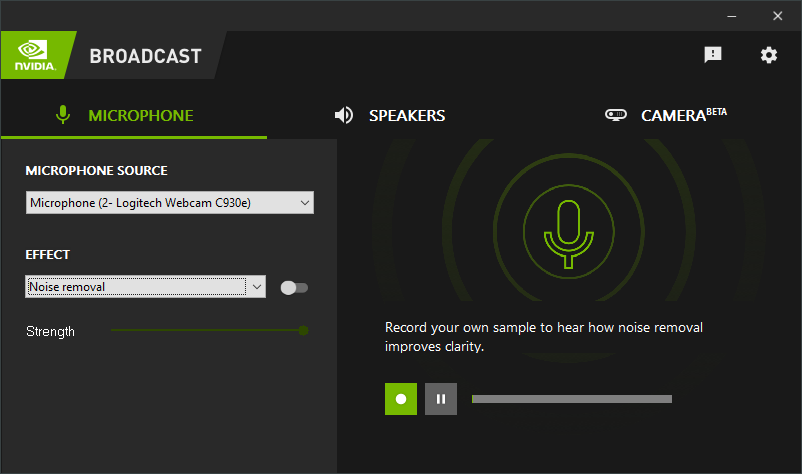

Set the resolution in the Windows display settings.Simply run restart.exe again to enable the driver. If that happens, the driver might be disabled after rebooting. On some systems, the graphics driver might crash while restarting.Restart the driver again to reload any changes. This will temporarily unload all the EDID overrides without deleting them.

If the display does not return after 15 seconds, press F8 for recovery mode.Run restart.exe to restart the graphics driver.Import follows the same logic unless "Import complete EDID" is selected. It will not copy the name or serial number, but it will copy the inclusion of these items using the display's own information. The "Copy" and "Paste" buttons at the top can be used to copy the resolutions, extension blocks, and range limits if included.Repeat steps 2-3 for other displays if required.Please read the sections below for more information. "*" means changes were made and an override was saved in the registry."(active)" means the display is connected and recognized by the graphics driver.Choose a display from the drop-down list.A UAC prompt may appear because it needs permission to access the registry. Doing this twice should give you recovery options that you can use to get into safe mode: Troubleshoot > Advanced options > Startup Settings > Restart If you don't have a recovery drive, press and hold the power button to shut off the computer while Windows is booting. Older Intel GPUs are supported for external displays only using the alternative method described below.īefore making any changes, familiarize yourself with getting into safe mode using a recovery drive in case you can't see the screen.4th generation (Haswell) for Windows 7/8.1: Intel Graphics Driver for Windows 7/8.1.4th/5th generation (Haswell/Broadwell): Intel Graphics Driver for Windows.6th generation (Skylake): Intel Graphics Driver for Windows.



 0 kommentar(er)
0 kommentar(er)
